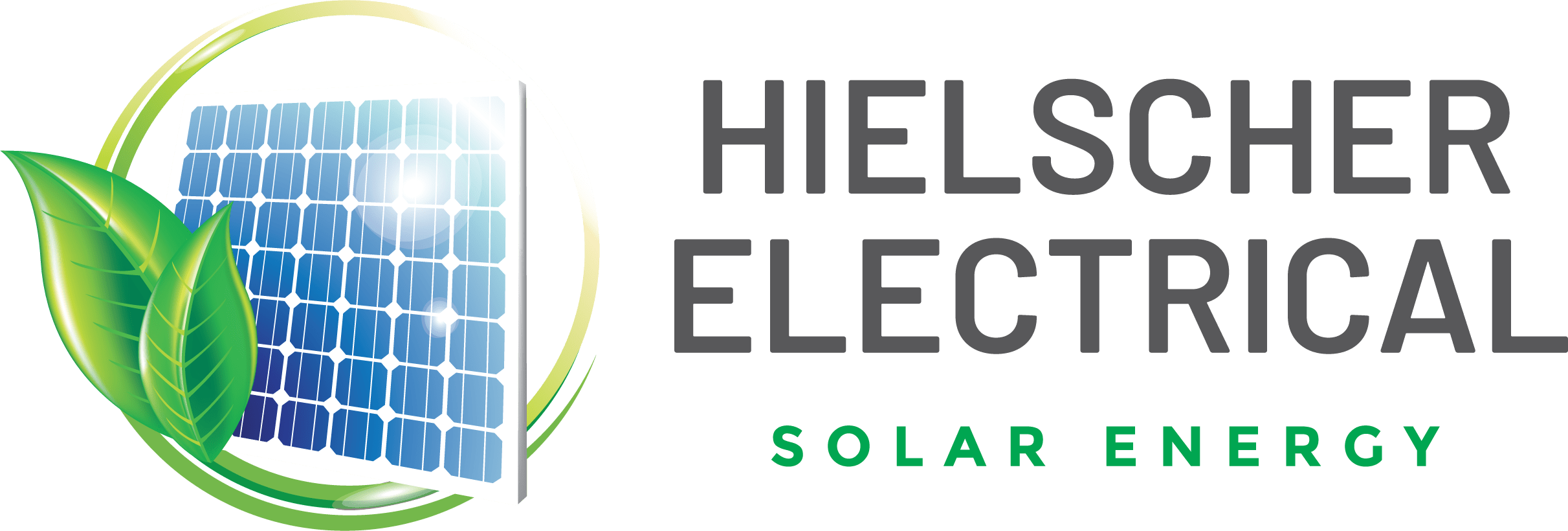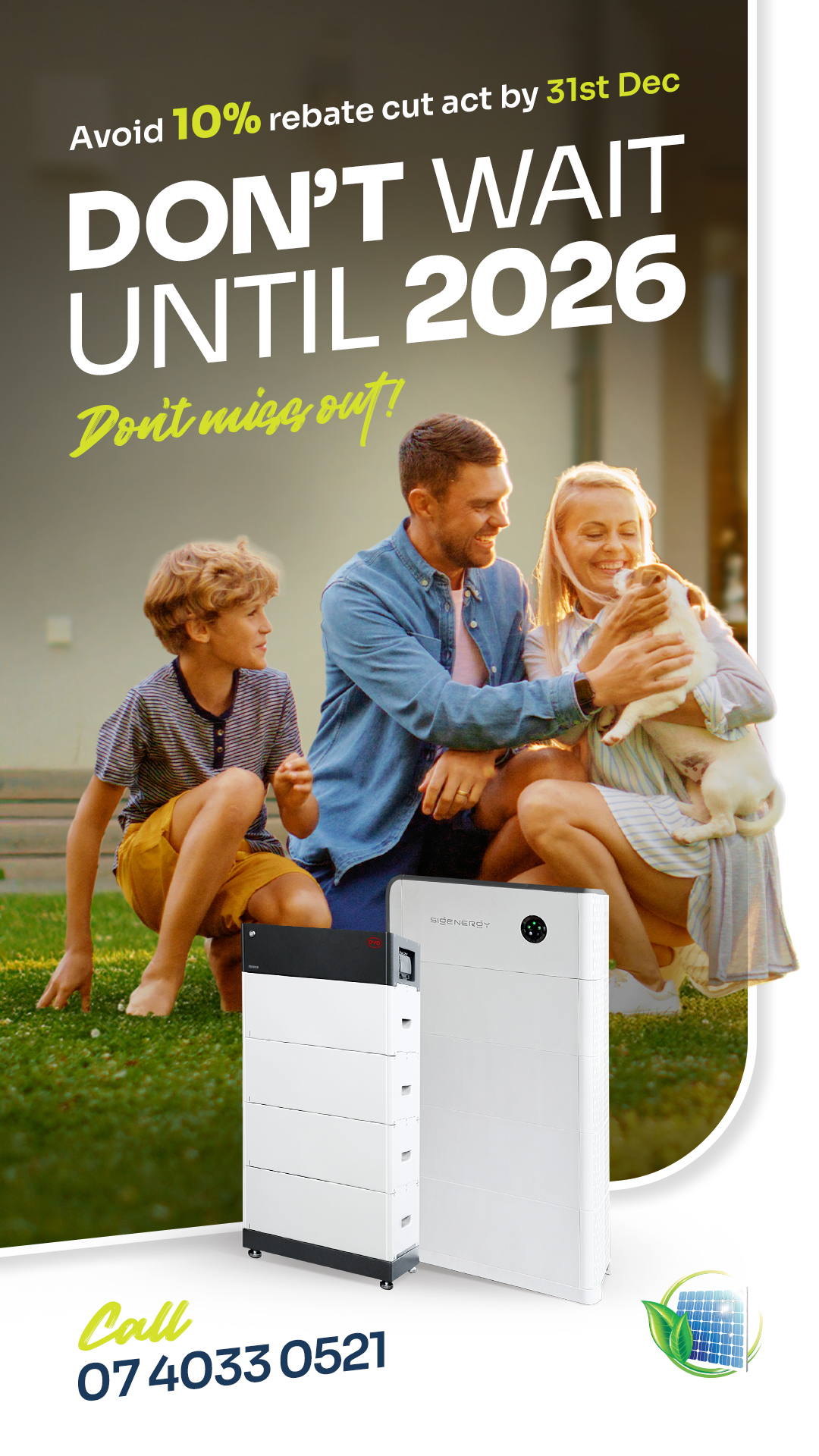
In 2025, more Cairns residents than ever are turning to solar energy—and for good reason. With energy prices continuing to rise and Queensland’s sunny climate offering ideal conditions for solar production, going solar is no longer just a green lifestyle choice—it’s a smart financial decision. But choosing the right solar system for your home isn’t simply a matter of buying panels and plugging into the sun. It’s a process that, when done right, can deliver decades of energy independence, savings, and peace of mind.
From understanding how much power your household actually needs, to knowing what system size and type will offer the best return, and ensuring your installer understands local conditions—there’s a lot to consider. This guide walks you through the key steps, with a local Cairns focus, so you can make a confident, informed decision that pays off in the long run.
1. Know Your Energy Needs—Now and in the Future
Start by reviewing a full year’s worth of electricity bills to understand your seasonal energy usage in kilowatt-hours (kWh). Cairns’ summer heat often leads to high air conditioning use, which should be factored into your system sizing.
Also, think ahead:
- Are you planning to install an electric vehicle (EV) charger?
- Considering moving off gas?
- Expanding the home or adding a pool?
- Expecting more winter power usage with electric heaters?
Each of these will increase your electricity demand, and your system should be designed with this growth in mind. In 2025, many homeowners are future-proofing their systems by oversizing slightly—a smart move with solar panel prices remaining stable and rebate levels gradually reducing.
2. Assess Your Roof and Cairns’ Sunlight Advantage
Roof Space and Orientation
In the tropics, north-facing roofs remain optimal, but east-west configurations often provide longer daily solar yield—perfect for homes where morning and afternoon energy use is high.
In Cairns, you also need to consider:
- Cyclone-rated mounting systems for panels
- Tropical humidity and heat, which can slightly impact panel performance
- Shade from trees or nearby structures, especially during the wet season
Remember: Shade isn’t a deal breaker—you just might need more panels or optimisers to compensate.
Solar Performance in Cairns
With over 300 sunny days annually, Cairns offers solar production levels well above the national average. Even in the wet season, modern panels continue to generate power through diffused light. However, designing your system to handle seasonal variation is essential—especially if you’re planning to install a battery or go hybrid.
3. Choose the Right System Type: Grid, Hybrid, or Off-Grid?
Here’s a 2025 snapshot of the most common system configurations:
Grid-Connect Systems
Still the most popular option in Queensland. These systems:
- Send excess solar to the grid
- Use the grid as a backup
- Qualify for feed-in tariffs (although now often under 10c/kWh)
Hybrid Systems
Grid-connected but include battery storage. They:
- Store excess energy for night-time or cloudy-day use
- Offer backup power during outages (ideal during cyclone season)
- Improve self-consumption—helpful now that feed-in tariffs are lower
Off-Grid Systems
Best suited for rural or remote areas with no access to the power grid. These are more expensive and require:
- Larger battery banks
- Backup generators
- More complex setup and maintenance
Most Cairns homeowners find grid or hybrid systems offer the best balance of affordability, reliability, and energy savings.

🌞 Save Money and Electricity 🌞
Get Solar Panels for Your Home!
🏠 Interested in solar panels? ☀️
Contact Hielscher Electrical and Solar now for a FREE onsite assessment and quote. Start saving today! 💰💡
4. Get the Size Right: 6.6kW is the New Minimum
In 2025, here’s how typical solar system sizes stack up:
| System Size | Suitable For | Panels | Cost After Rebates (approx.) |
|---|---|---|---|
| 3kW | Small households | ~8–9 | $4,000 – $4,500 |
| 6.6kW | Most average homes | ~16–18 | $5,000 – $7,000 |
| 10kW | Large homes or high energy users | ~24–28 | $8,500 – $12,000 |
| 15kW+ | Businesses / large homes w/ EVs or pools | 30+ | $13,000+ |
Why 6.6kW?
It hits the sweet spot between performance and value, especially with STC rebates. It can offset 70–100% of the average household’s bill in Cairns, depending on usage habits.
Local Insight: In tropical climates like Cairns, your system should be slightly oversized to offset lower panel efficiency on very hot days and to prepare for battery add-ons later.
5. Consider Battery Storage for True Energy Freedom
With Queensland’s feed-in tariffs lower than retail rates, storing your solar power makes more financial sense than ever.
Popular Battery Choices in 2025
- Sigenergy: 16kWh batteries, modular design, and quick installation
- Tesla Powerwall 3: 13.5 kWh, highly efficient, app-integrated
- Sungrow and BYD: Modular, scalable options popular with hybrid systems
- Enphase IQ Battery: Ideal for microinverter-based setups
Cost: $8,000 – $13,000 depending on brand and size
Payback Period: Typically 8–12 years, faster with time-of-use tariffs
Government Incentives: Check back for local rebates following the 2025 federal election. The Queensland Battery Booster Program, offering up to $3,000 in battery subsidies for eligible households ended May 2024.
Learn more about all available solar rebates and government incentives on our Solar Rebates Guide
6. Choose a Trusted Local Installer in Cairns
The installer is just as important as the system itself. When choosing a solar company:
- Look for Solar Accreditation Australia Installers (SAA)-accredited installers
- Ask for local references in Cairns or North QLD
- Insist on detailed quotes and a performance estimate
- Confirm they use cyclone-rated mounting equipment
- Ensure warranties: 25 years for panels, 5–10 years for workmanship
Avoid red flags: Installers pushing unnecessarily large systems, giving vague performance promises, or avoiding written guarantees.
Note: SAA’s solar installer accreditation’s replaced former Clean Energy Council (CEC) accreditation as of 2024.
Final Thoughts: Investing in Solar is Investing in Your Home and Future
Making the move to solar power in Cairns isn’t just about slashing your electricity bill—though that’s a major benefit. It’s about taking control of your home’s energy future, reducing reliance on the grid, and protecting yourself from rising costs. With Queensland’s sunny climate, a supportive rebate system, and advancements in solar and battery technology, there’s never been a better time to act.
When you invest in a well-designed solar system—right-sized for your needs, installed by local professionals, and set up to evolve with your future energy goals—you’re not just installing panels. You’re building long-term savings, energy independence, and peace of mind. For Cairns homeowners, solar isn’t just smart. It’s essential.
FAQs – Quick Answers for Cairns Residents
Q: How much can I save with a 6.6kW solar system in Cairns?
A: On average, a 6.6kW system in Cairns can save $1,300–$1,800 per year depending on your usage and export tariff.
Q: What’s the average payback period for solar in Queensland in 2025?
A: Most systems pay for themselves in 3 to 5 years—even faster if you’re home during the day or add a battery.
Q: Are solar batteries worth it?
A: Yes, especially if you’re on a low feed-in tariff and want blackout protection. In Cairns, they’re popular due to storm-related outages.
Q: How long does installation take?
A: Most standard residential systems are installed in 1–2 days, depending on roof complexity and weather.

Free Solar Quote
Save money on energy
bills and increase the value
of your home by installing
solar panels today.






